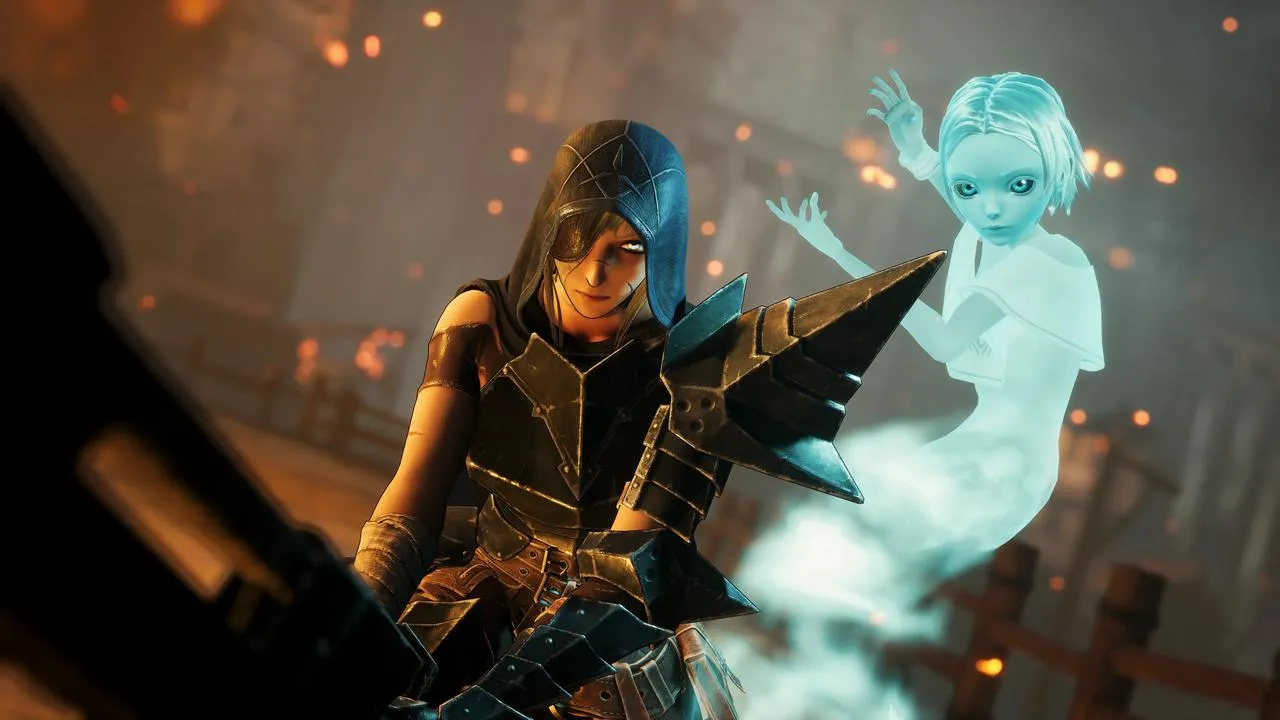
Soulstice: A Nostalgic Hack-and-Slash with Modern Limitations
Contents
Soulstice harkens back to the golden age of the PlayStation 2, a time when hack-and-slash action games like Devil May Cry, Onimusha, and God of War reigned supreme. These titles, often limited by the technology of the time, featured linear level design and fixed camera angles, focusing on satisfying combat combos rather than complex character builds. Soulstice attempts to recapture this classic formula, but does it succeed in satisfying modern hack-and-slash fans?
A Familiar Yet Fresh Experience
Soulstice presents a timeless tale of a war between the forces of Chaos and ancient gods. As Chaos grows in power, humanity, with the aid of the gods, creates Chimeras, powerful warriors formed by merging two souls into one body. Players follow the journey of Briar and Lute, two sisters bound as a Chimera, as they venture into the darkened land of Ilden.
The game’s opening throws players into a future timeline, allowing them to experiment with a full arsenal of weapons and abilities against hordes of enemies and a challenging boss, reminiscent of Bayonetta 2. The combat system borrows heavily from Devil May Cry 5, with enemies confined to specific arenas, and combat encounters concluding with a stylish ranking system.
 alt text: Soulstice combat screenshot showing Briar fighting enemies with a sword
alt text: Soulstice combat screenshot showing Briar fighting enemies with a sword
Similar to Devil May Cry 5, players collect various colored crystals, the game’s primary currency, by defeating enemies, mining deposits, and completing optional challenges. These crystals are used to purchase items and unlock new skills for both Briar and Lute through an NPC reminiscent of Nico from Devil May Cry 5.
Briar wields a variety of weapons, executing fast-paced combos, while Lute acts as a shield, utilizing parrying abilities and occasional ranged attacks. A Unity meter fills as players seamlessly blend Briar’s attacks with Lute’s defensive maneuvers, allowing for devastating Synergy Attacks. Players gradually unlock additional weapons, such as a bow, gauntlets, and even arm-mounted cannons, each offering unique skills and combat options.
 alt text: Soulstice gameplay screenshot showcasing the Unity meter and Synergy Attack
alt text: Soulstice gameplay screenshot showcasing the Unity meter and Synergy Attack
Soulstice shines brightest in its boss battles. While limited in number, each encounter is memorable, featuring unique boss designs and challenging attack patterns that stand out from the regular enemy encounters. The game’s dark fantasy setting, reminiscent of Dark Souls, combined with Briar’s spiky black armor, evokes the aesthetic of the iconic manga Berserk.
Outdated Design and Frustrating Mechanics
Unfortunately, the initial enjoyment wanes as the game progresses. Beyond the visually impressive opening port area, the level design becomes repetitive and uninspired. The environments frequently feel recycled, leading to a sense of disorientation and a lack of exploration incentive. The limited replay value further compounds this issue, offering little beyond grinding for higher rankings.
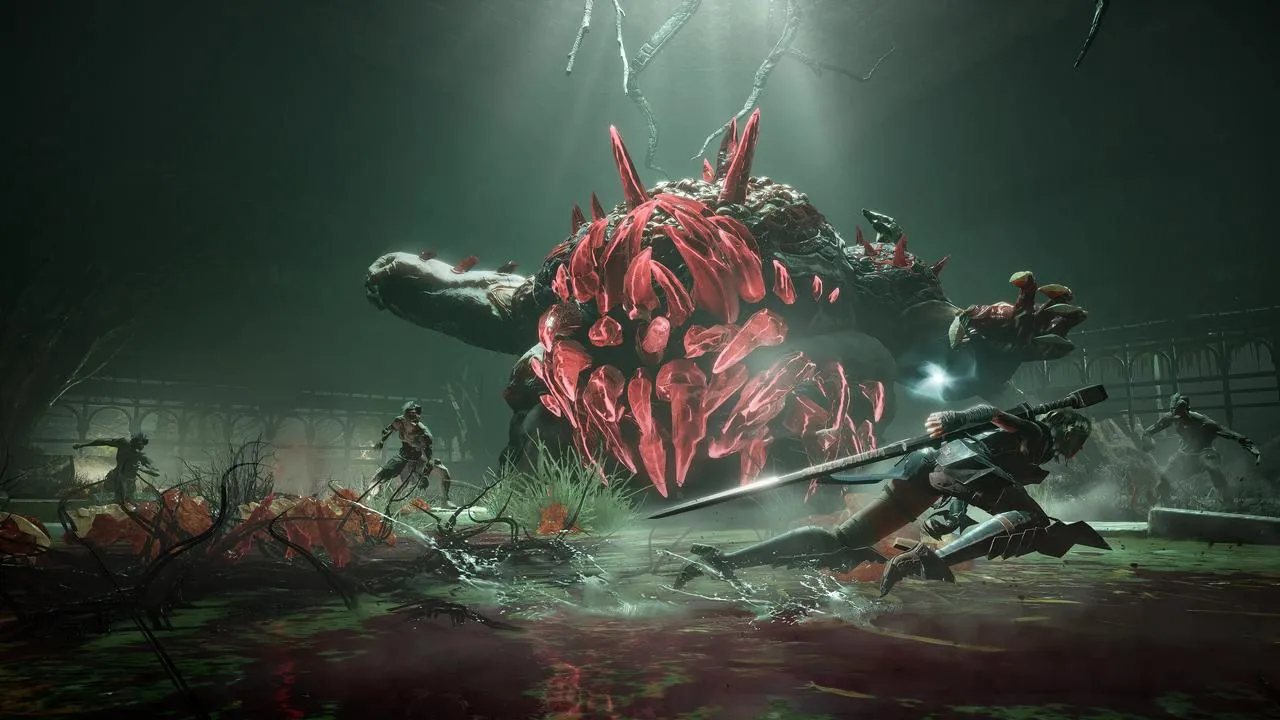 alt text: Soulstice environment screenshot showing a dark and gothic setting
alt text: Soulstice environment screenshot showing a dark and gothic setting
The combat, while initially engaging, is hampered by a cumbersome Evocation/Banishment system. These two energy fields, activated by Lute, are required to interact with specific enemy types. However, their implementation feels tedious and ultimately unnecessary, adding little to the overall gameplay experience.
The puzzle elements, inspired by the classic God of War games, are similarly underwhelming. They lack complexity and fail to provide a satisfying sense of accomplishment, often feeling more like chores than engaging diversions. Platforming sections, requiring players to manipulate the energy fields, are particularly frustrating due to their uninspired design and repetitive nature.
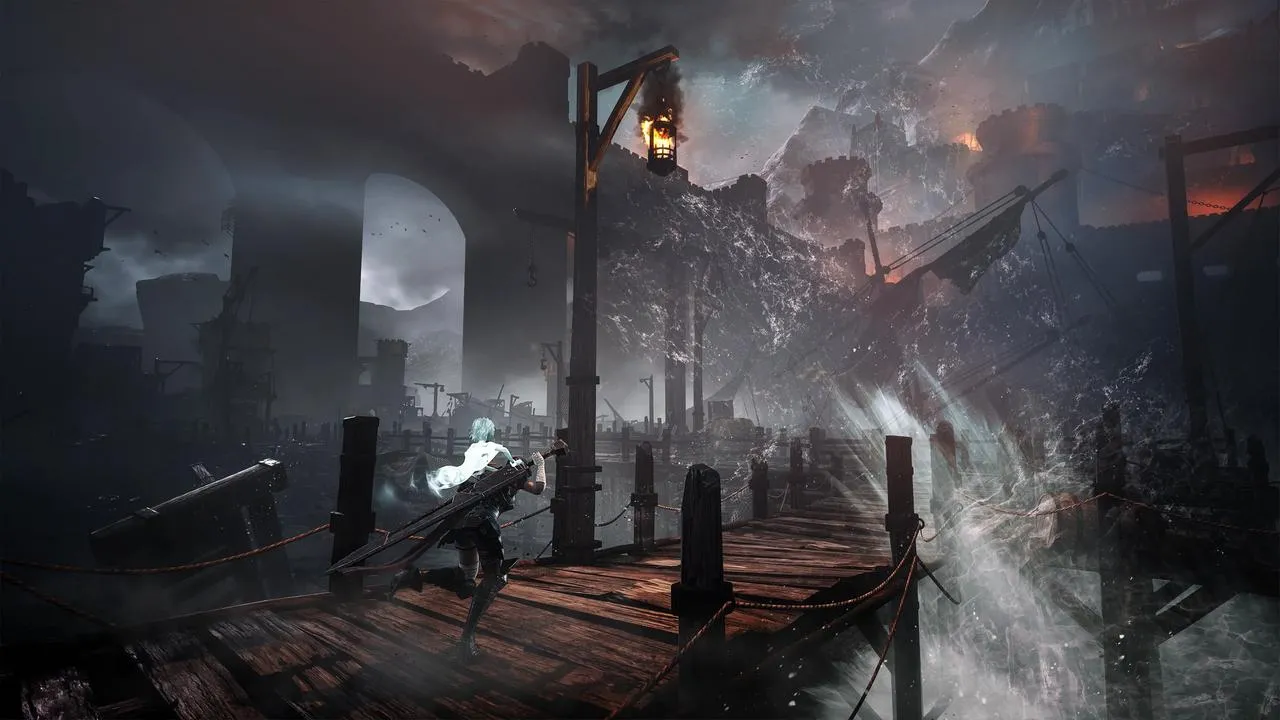 alt text: Soulstice gameplay screenshot illustrating the Evocation and Banishment energy fields
alt text: Soulstice gameplay screenshot illustrating the Evocation and Banishment energy fields
Lacking Depth and Modern Refinement
Soulstice boasts impressive visuals powered by the Unreal Engine and delivers satisfyingly impactful combat. However, it falls short in other aspects, including narrative, music, and character development. The relationship between Briar and Lute feels underdeveloped, lacking emotional depth and relying on generic dialogue.
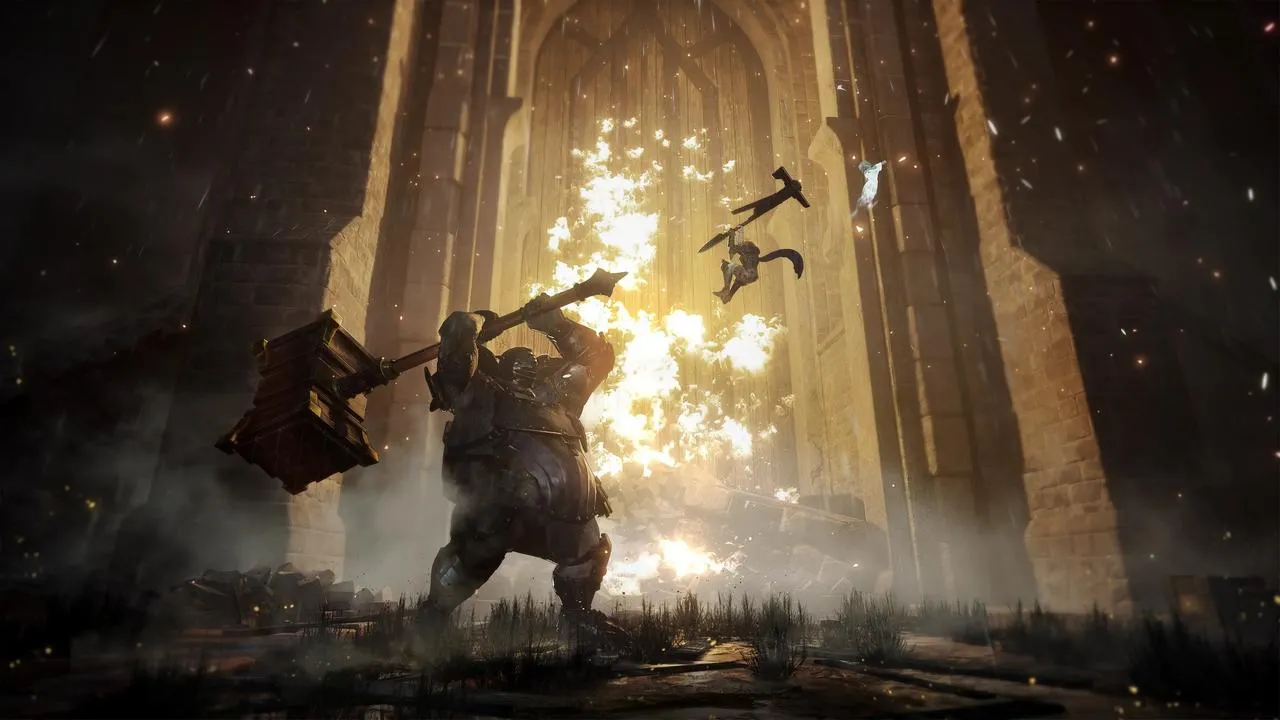 alt text: Soulstice gameplay screenshot showing Lute using her powers
alt text: Soulstice gameplay screenshot showing Lute using her powers
Despite the advertised dual-character control, Lute’s gameplay primarily involves activating specific abilities, such as slowing enemies or parrying attacks, rather than offering meaningful player agency. The fixed camera angles, while nostalgic, hinder the combat experience, especially in later stages with increased enemy numbers and ranged attacks. The close camera positioning and limited movement restrict visibility and create frustrating encounters.
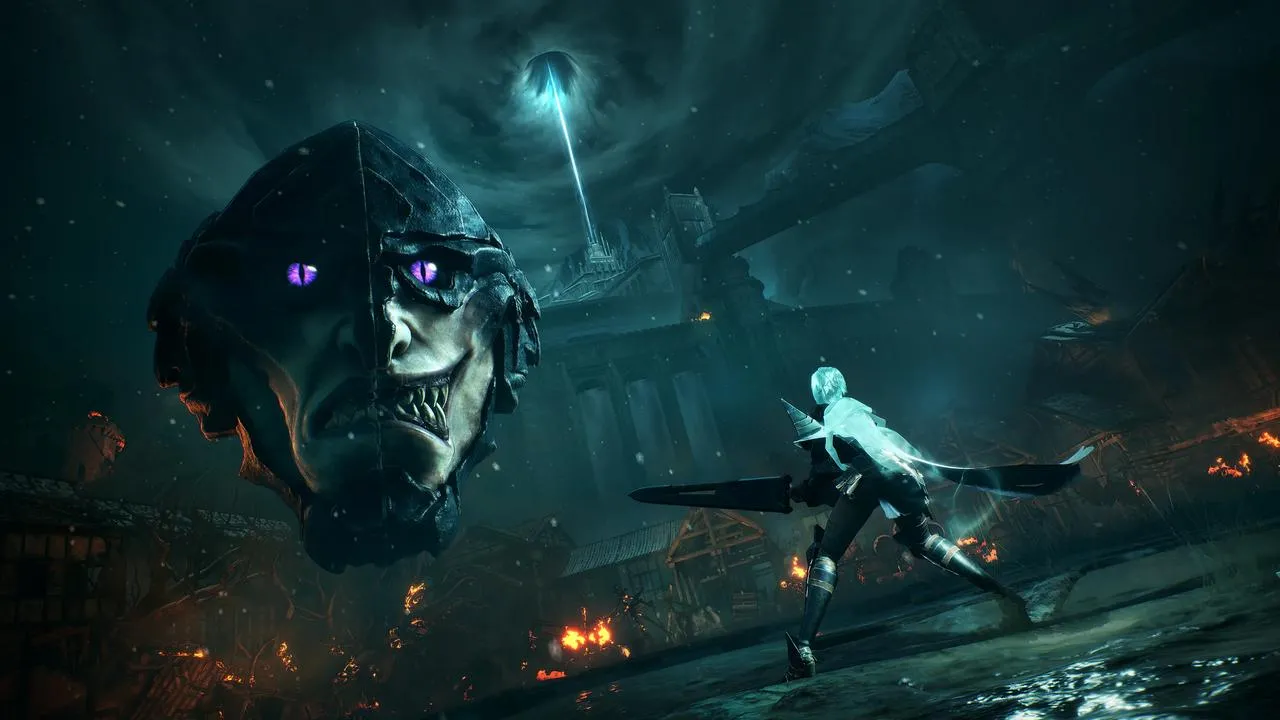 alt text: Soulstice gameplay showing Briar and Lute fighting a boss
alt text: Soulstice gameplay showing Briar and Lute fighting a boss
Conclusion
Soulstice successfully captures the spirit of classic hack-and-slash games but ultimately struggles to adapt to modern gaming standards. While the combat and visuals impress, the repetitive level design, cumbersome mechanics, and underdeveloped narrative hold it back from reaching its full potential. Despite its nostalgic charm, Soulstice feels like a throwback that could have benefited from more modern design sensibilities.
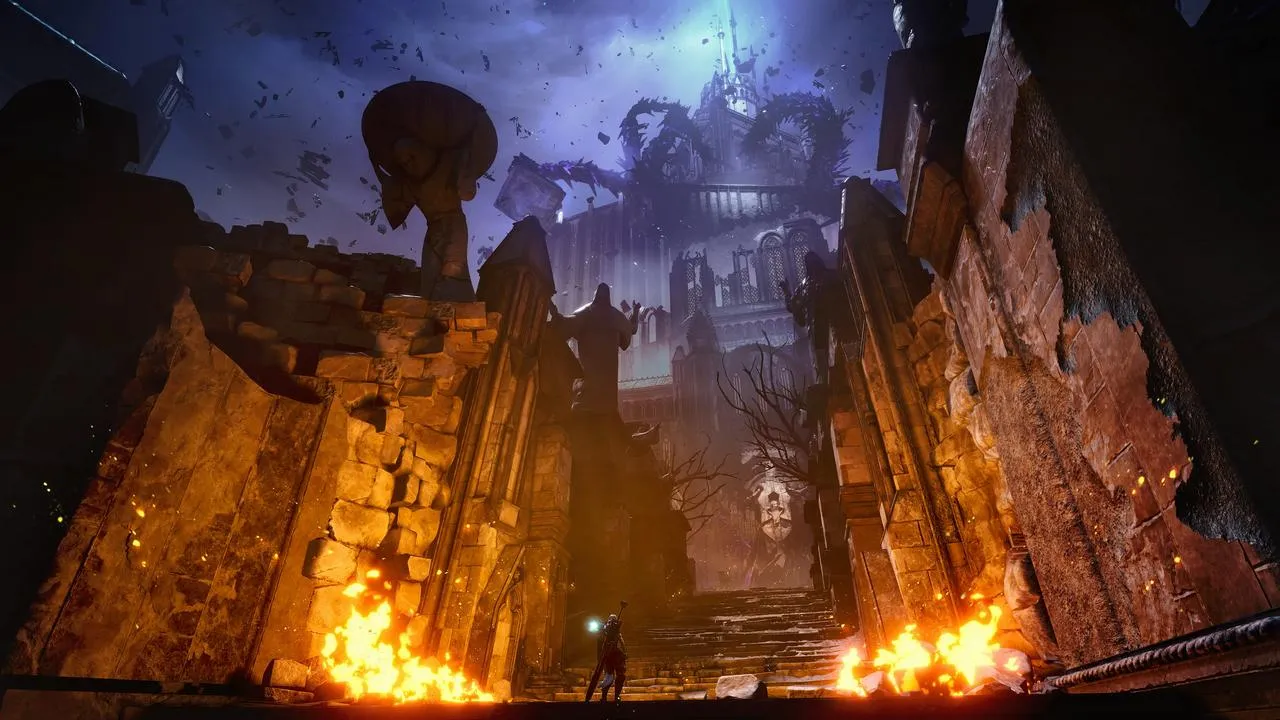 alt text: Soulstice gameplay screenshot of a platforming section
alt text: Soulstice gameplay screenshot of a platforming section
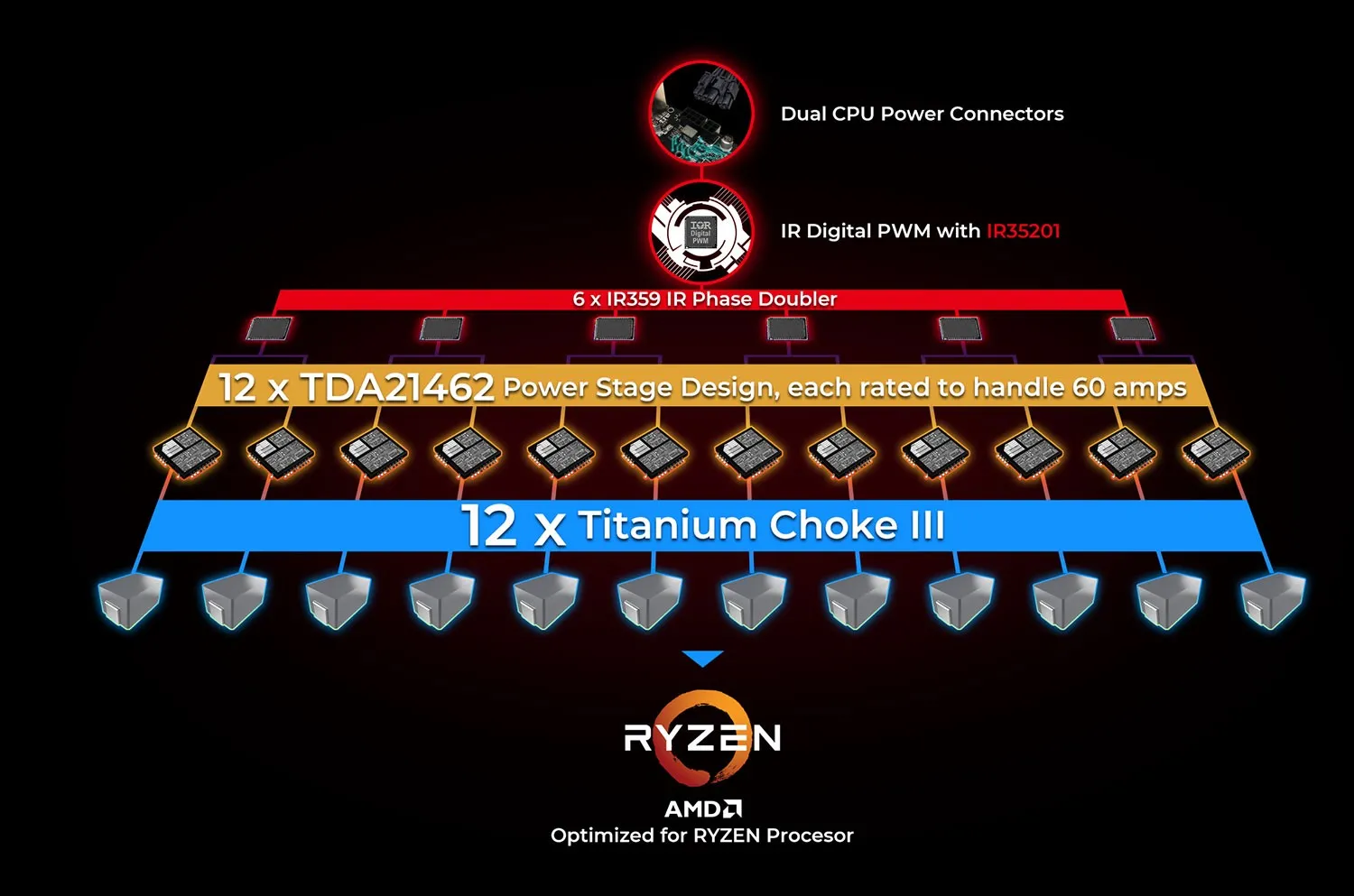


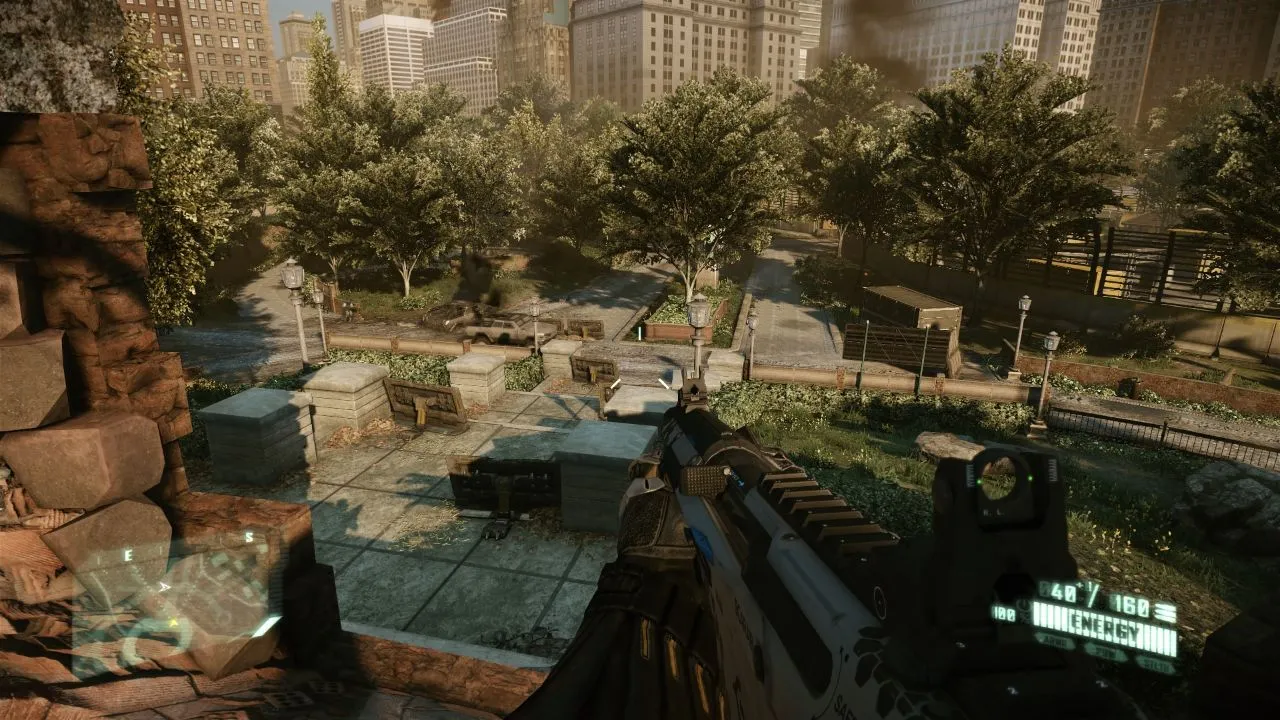
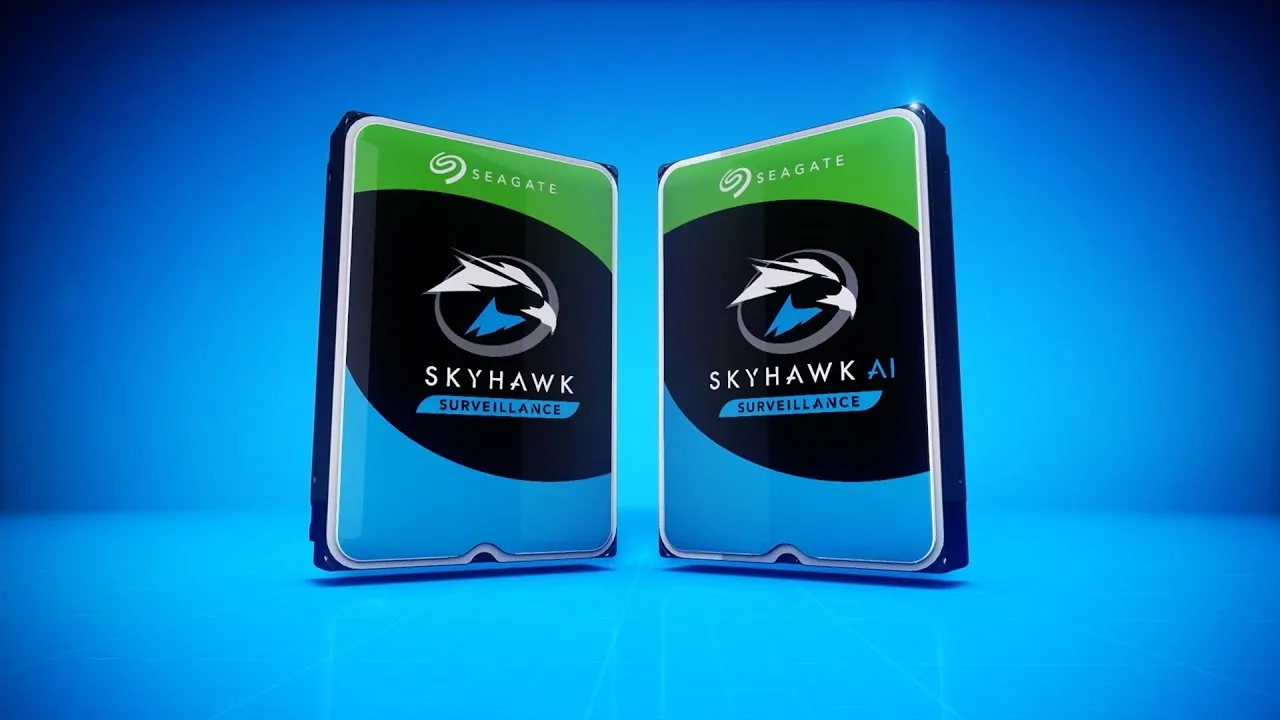
Comments (0)